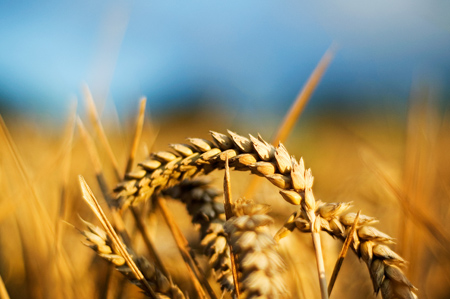Wheat Yield Potential Variable in North-Central North Dakota – Tour
Category: Grains

(Agriculture.com) – Harvest potential for the spring wheat crop in north central North Dakota is variable, with fields that were planted in a timely fashion on track for bumper yields, scouts on an annual tour found on Wednesday.
But fields that were seeded late were expected to come in with below average yields as the crop struggled through early development in muddy fields.
Yields on one route of the Wheat Quality Council’s tour of the state were calculated at 47 bushels per acre, based on samples taken from six fields.
The scouts on that route made stops in McHenry, Ward and Bottineau counties. The tour’s five-year average for that route is 44.9 bushels per acre. A year ago, scouts on that route calculated average yields of 43 bushels per acre.
On another route further south, scouts calculated yields of 35 bushels per acre after making stops in McLean and Ward counties. On that route, scouts calculated yields at 39.7 bushels per acre in 2018. The five-year average is 46.9 bushels per acre.
Scouts on a third route that made stops in Sheridan and McLean counties found average yields of 43.9 bushels per acre. That compares with the five-year average of 48.7 bushels per acre and 42.3 in 2018.
“We are seeing good wheat but it is just not as thick in some areas as it is in others,” said Dave Green, executive vice president of the Wheat Quality Council. “I assume it’s planting dates more than anything.”
Wednesday’s findings are somewhat in contrast to what tour participants saw on Tuesday: Wheat yield potential in south central North Dakota trended above average, with the crop benefiting from ideal weather following a wet spring that delayed planting.
Sixty-two crop scouts are on the 2019 tour, which will release final yield forecasts on Thursday. The roster included representatives from the milling and baking industries, along with government and university experts.
North Dakota is the biggest U.S. producer of spring wheat, which is prized for its high protein content and used to make pastries such as doughnuts. Spring wheat can also be blended with lesser grades of wheat to improve flour quality.
In 2018, spring wheat accounted for about one-third of the total U.S. wheat crop.




